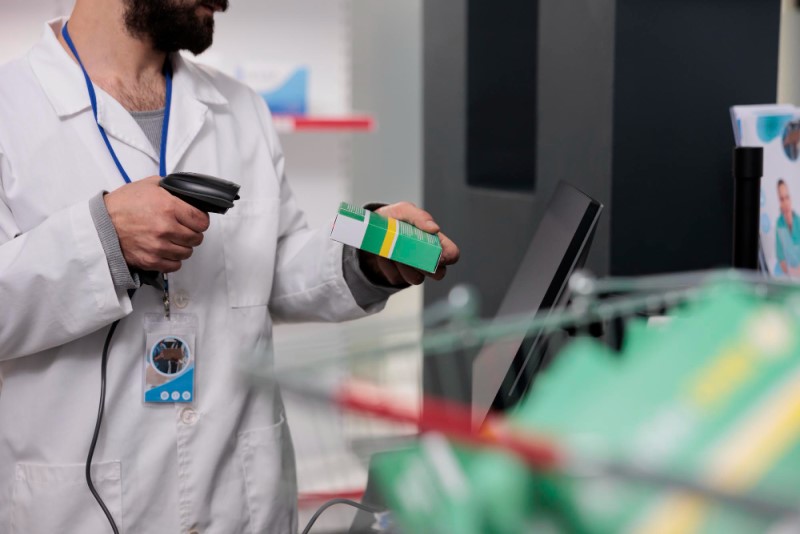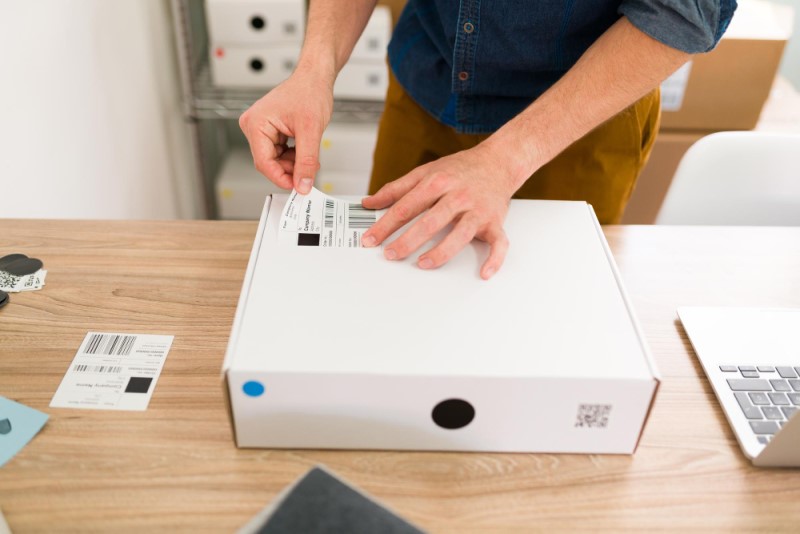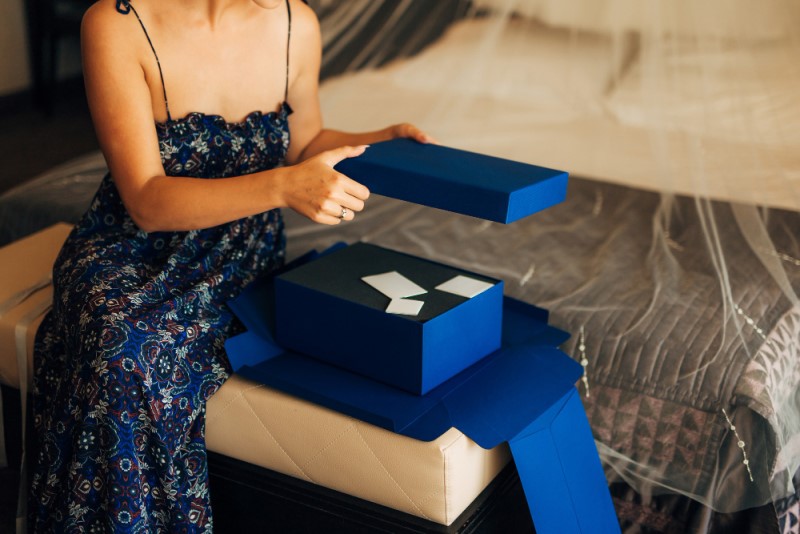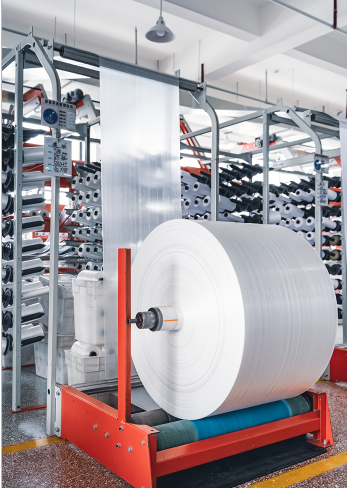Anti-counterfeit packaging is critical to protecting your brand, your consumers, and the value of your products in today’s global market.
With counterfeit goods becoming more sophisticated and widespread, especially in industries like food, pharmaceuticals, and electronics, brands must act fast.
Anti-counterfeit packaging, enhanced by technologies such as QR codes, invisible ink, or chip codes, doesn’t just deter fraud. It helps reassure your customers that what they’re holding is the real deal.
Anti-counterfeit packaging refers to design and material features that help verify the authenticity of a product.
It can include a combination of visible and hidden markers, such as holograms, special labels, invisible codes, or tamper-proof seals.
When paired with modern anti-counterfeit technology, these elements make it extremely difficult for counterfeiters to replicate packaging and pass off fakes as originals.
One of the most common ways to deter counterfeiters is through anti-counterfeit labels. These specially designed labels might feature:
These labels are placed on packaging so consumers or retailers can quickly authenticate the product.
Anti-counterfeit technology is rapidly evolving. Today, companies can choose from a wide variety of tools and systems to strengthen packaging security:
Here’s why every brand should seriously consider integrating anti-counterfeit packaging:
Counterfeit products can damage your reputation and decrease consumer loyalty. Secure packaging ensures your customers know they’re getting the real thing.
In sectors like food and pharmaceuticals, counterfeit goods can pose serious health risks. Anti-counterfeit packaging helps prevent this by enabling easy product authentication.
Some industries now require anti-counterfeit technology by law. Meeting these standards keeps your business compliant and competitive.
Going the extra mile to secure your product packaging also shows that your brand values quality, safety, and innovation—factors that can influence buyer decisions.
Despite its advantages, some challenges must be addressed:
While these factors can seem like hurdles, the long-term value—brand protection, consumer loyalty, and legal compliance—makes the investment worthwhile.
Your anti-counterfeit system is only effective if consumers know how to use it. Brands should include:
Encouraging consumers to verify product authenticity increases awareness and actively involves them in brand protection.
Anti-counterfeit packaging isn’t one-size-fits-all.
Different industries face different threats from counterfeiters and must comply with varying regulatory standards.
As a result, the tools and techniques used to combat counterfeiting are customized to fit the product’s value, use, and risk level.

Counterfeiting in the pharmaceutical industry can have life-threatening consequences.
To prevent fake medications from entering the supply chain, companies use serialization—assigning each package a unique identifier that can be tracked throughout distribution.
Tamper-evident labels make it clear if a product has been opened or altered, which helps consumers spot potential threats.
Additionally, track-and-trace systems allow health authorities and retailers to monitor a drug’s journey from manufacturer to pharmacy.
Together, these features build a secure supply chain that protects public health.
When it comes to food safety, authenticity is everything. Counterfeit or contaminated items can damage consumer trust and lead to legal liability.
To counter this, producers use QR codes that trace the origin of products—especially in premium or sensitive categories like wine, baby food, or imported goods.
Some brands also apply tamper-proof seals that reassure buyers the contents haven’t been altered.
Anti-counterfeit packaging in this sector supports both food traceability and transparency, helping consumers make confident choices.

The high cost and complexity of electronic devices make them prime targets for counterfeiters.
Whether it’s fake chargers or imitation phones, these knock-offs often pose safety hazards.
To combat this, electronics manufacturers integrate RFID tags, NFC chips, and holographic stickers into their packaging.
These elements not only confirm product authenticity but also help track inventory and identify grey-market resellers.
For high-end or smart tech, some companies are experimenting with app-based authentication systems that require buyers to verify the item before first use.

The fashion and luxury goods industry loses billions annually to counterfeit items.
Protecting exclusivity and brand value requires sophisticated anti-counterfeit packaging.
Many luxury brands now adopt blockchain technology to create a digital record of ownership. This allows consumers to verify each item’s history from production to purchase.
Others rely on custom chip codes, UV-printed labels, or microtext hidden in logos—elements that are nearly impossible to replicate without advanced tools.
These features not only deter counterfeiters but also elevate the sense of prestige and trust in the brand.
The future of anti-counterfeit packaging is powered by smart technology, data integration, and more accessible tools that will benefit businesses of all sizes.
These innovations are set to change the way products are protected, tracked, and verified.
XIFA provides packaging solutions with built-in anti-counterfeit features. Our design options include:
These technologies are customizable for your packaging and tailored to your product type, helping you build a defense against imitation and maintain customer trust.
Anti-counterfeit packaging is no longer a nice-to-have feature—it’s a necessity in today’s competitive and risk-prone market.
With the help of anti-counterfeit labels and technologies, you can protect your brand, secure your supply chain, and most importantly, give customers peace of mind.
At XIFA, we specialize in high-performance packaging solutions embedded with customizable security features, tailored to your business and industry needs. Contact us today!




